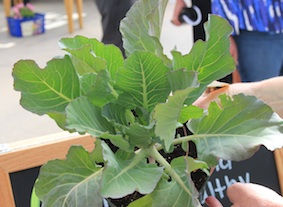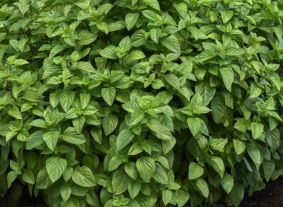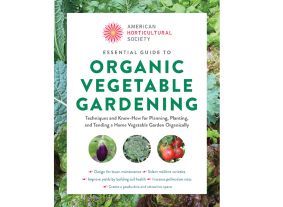Collards: The Trending Leafy Green
Views: 3589

I saw a sign somewhere last week proclaiming that collards are the next kale.
To me, that statement was a bit loaded. Do they mean this previously low-cost green typical of Southern soul food cuisine would now become the cuisine du jour at fancy restaurants?
Will it begin appearing in green smoothies in Hipster juiceries?
Or, will collards just get some attention, now that kale is old-ish news?
I’ve never eaten them. It wasn’t something we grew on our farm, and if we didn’t grow it, then Mom wasn’t about to cook it. There are several Southern-influenced restaurants near me, and they do serve collards. However, this healthy green always seems to appear on the menu smothered in bacon or fat or bacon fat—not something this vegetarian will order, unfortunately.
Like kale, collards are a member of the cabbage family. They produce large-spanned leaves that have a slightly bitter, cabbagey flavor. And like kale, they also have thickish ribs that can be tough and are better off removed before cooking.
How to Grow Collards
Collards prefer cool growing conditions, but several varieties of collards are now available that are somewhat heat tolerant. That means you can sow collard seeds directly into the ground in early spring and harvest in summer. You also can sow a second batch in summer for cutting in fall. And depending on your location, you can likely sow another crop in fall for a late-winter harvest.
Here are some other growing tips:
Spacing: If you find collard transplants in the garden center, space them about a 1-1/5 ft. apart to provide ample elbow room.
Water: Make sure you water them well on a weekly basis. Too little water makes them tough.
Pests: Expect to see the same insect hovering around (or eating) your collards as you would see around your cabbages. These include those darn cabbage worms and moths.
Harvest: Harvest leaves individually or cut the whole head of leaves at once, depending on your needs.
Cold Region Harvest: Extend your harvest in cold regions by erecting a small plastic tunnel for the collards’ winter protection. They can take some cold and apparently collards taste sweeter after a few chilly nights.
Meet Ellen Wells
When you’re raised on a farm, you can’t help but know a thing or two about gardening. Ellen Wells is our expert on edible gardening.…
Ellen's Recent Posts

Everleaf Lemon Basil






